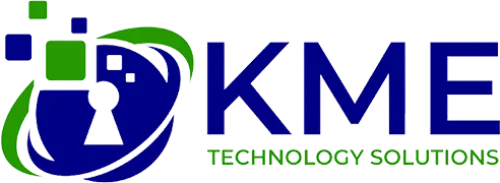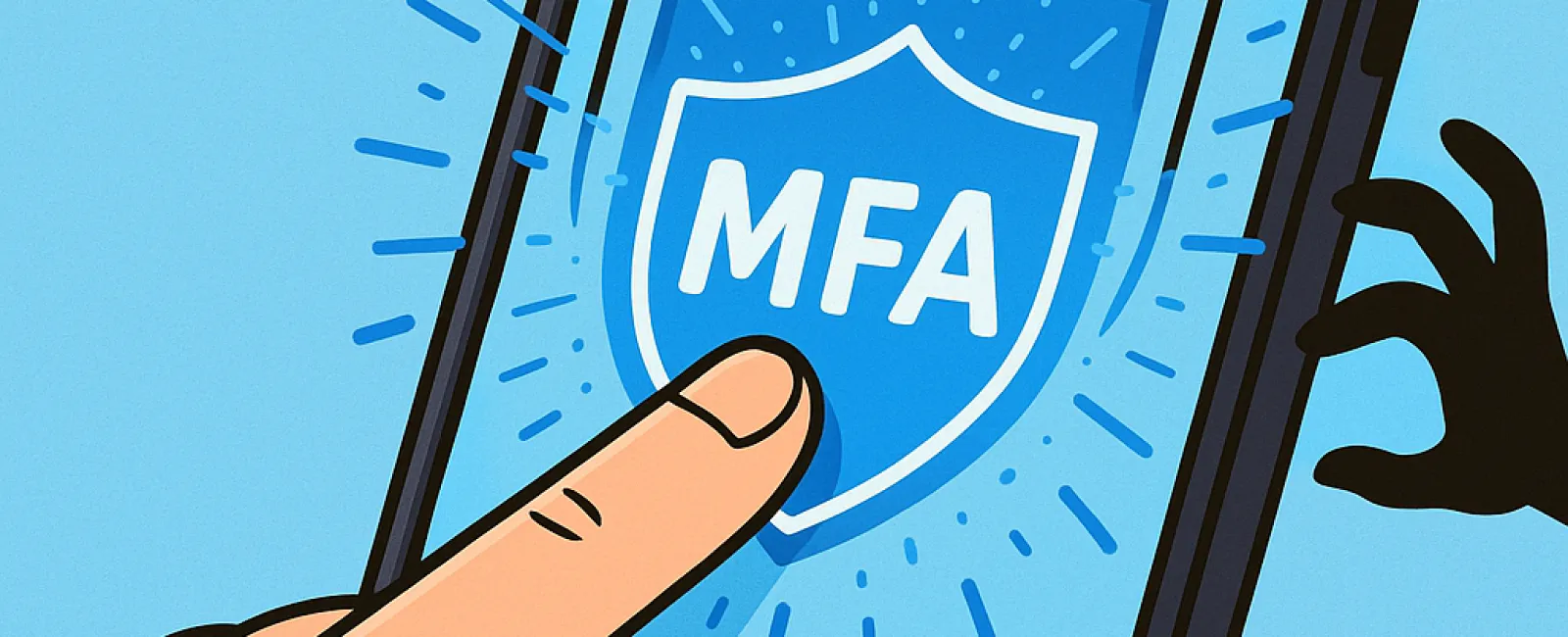October 27, 2025
Just like you wouldn't get behind the wheel without buckling your seat belt or leave your office door unlocked overnight, you shouldn't access online accounts without enabling multifactor authentication (MFA). It's your essential digital safety net.
MFA acts as a powerful second barrier to protect your data. Instead of depending solely on passwords—which can be stolen, guessed, or phished—it requires an additional verification step like a text message code, an authentication app prompt, or a fingerprint scan. Even if hackers obtain your password, they can't get through without this crucial second step.
One Simple Step, Unmatched Security
Think of your password as locking your front door. MFA is like turning on the alarm system before you head to bed. It may seem extra, but it means your digital home stays safe even if one defense falters.
In practice, MFA adds a quick, straightforward step to prove it's really you logging in. Known also as "two-step verification," "two-factor authentication," or "one-time password," MFA means requiring two or more layers of identity confirmation before granting account access.
MFA comes in many convenient forms: confirmation emails during account creation, security questions for banks, text message codes, push alerts, and phone calls. Most are hassle-free and take only a tap or quick code entry.
How MFA Shields You in Real-Life Scenarios
For users, MFA is quick and painless—a tap or code entry. But for cybercriminals, it's a kingdom-locked fortress. If someone unauthorized tries to breach your account, MFA sends you an instant notification or code request. This alerts you immediately, giving you time to strengthen your password before any data is compromised.
MFA also blocks intruders from exploiting stolen passwords. Even if an attacker fools an employee into sharing credentials, without the additional verification step, access is denied. Research from Microsoft shows enabling MFA cuts account compromise risk by over 99.2%, hitting 99.99% for fully MFA-protected accounts.
Essential Accounts Where MFA Is a Must
Prioritize activating MFA on these critical platforms:
- Banking and financial services apps
- Email and cloud storage accounts
- Social media profiles
- Work-related logins with sensitive client or proprietary info
Setting up MFA is typically user-friendly. Many leading services offer built-in MFA options—simply select the method that fits your needs best and integrate it into your routine. Using an authentication app enhances login security across your team.
MFA is a free and fast way to prevent the vast majority of account hacks. Spend a few minutes enabling it today and protect yourself from weeks or even years of costly data breaches and recovery.
The fastest way to implement MFA is by reaching out to your IT support provider. A skilled managed service provider (MSP) can streamline the entire setup. If you're looking for cybersecurity expertise, click here or call us at 609-676-3597 to schedule your 15-Minute Discovery Call with our team now.





